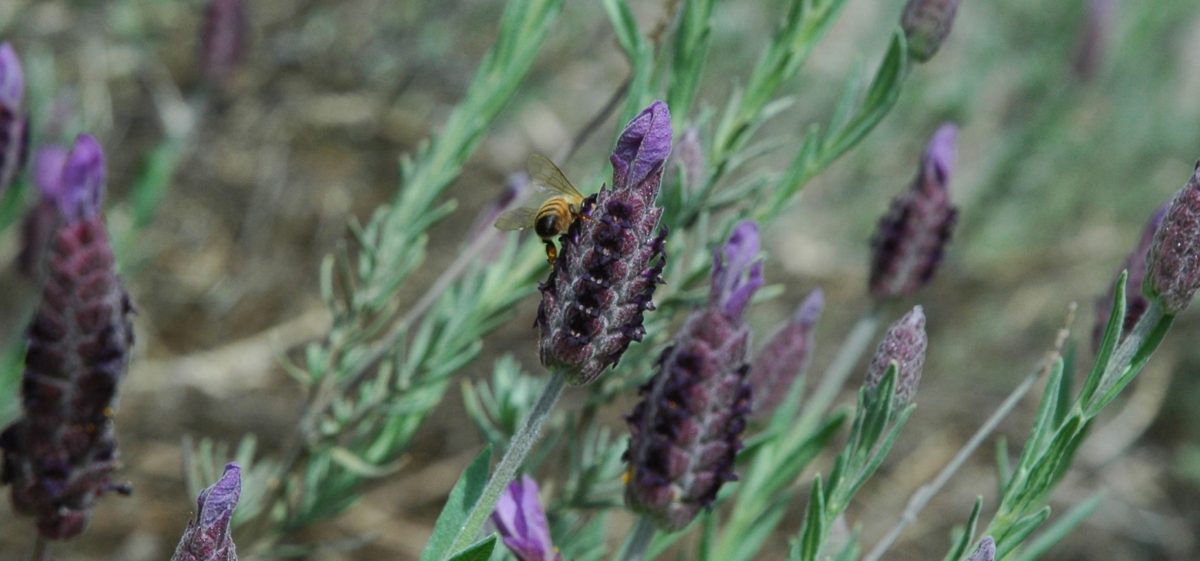by Barbara Faurot
Let’s start with one of my personal interests: helping pollinators! One of the small pleasures of the spring is the arrival of our native pollinators: hummingbirds, butterflies, moths, bees, flies, wasps, and beetles. Spending time planting, weeding, pruning, mulching, field sketching, or simply observing contributes to our own well-being. Plus, our gardens improve the health of our environment for pollinators and other wildlife. According to the Xerces Society, pollinators are necessary for the reproduction of over 85% of the world’s flowering plants, including more than two-thirds of the world’s crop species.
Our gardens, however grand or small, can help. They offer food, shelter, water, and nesting habitat for pollinators. A garden — largely free of pesticides and herbicides — provides a variety of food sources, including nectar, pollen, tree sap, and insects like aphids, weevils, mites, leafhoppers, wasps, and small spiders.
Our native Annas and Rufous hummingbirds make nests from available materials such as lichen, bark, leaves, moss, and plant fragments. It’s good to have some leafy debris — things don’t have to be too neat! Hummingbirds also seek refuge and shelter in treetops and branches, so having trees and shrubs at different heights is ideal. Diversity is the key — a variety of plants that provide flowers and fruits at different times of the year.
While we’re on the subject of birds, one of my favorite resources is Cornell Labs’ All About Birds website, especially useful if you have students at home. There are free K-12 lessons, including a Play Lab with interactive tutorials, games, and teacher resources. You can also find live bird cams, research and ID tools, and other materials.
Our local pollinators are adapted to native plants and to our climate, seasons, and soil. Examples of native plants for a pollinator-friendly landscape include trees like madrona (Arbutus menziesii), shrubs like salmonberry (Rubus spectabilis), red flowering currant (Ribes sanguineum), red elderberry (Sambucus racemosa), and evergreen huckleberry (Vaccinium ovatum); vines like hairy honeysuckle (Lonicera hispidula); and perennials like western columbine (Aquilegia formosa). In the next few months, we’ll enjoy another favorite pollinator plant, oceanspray (Holodiscus discolor), in full bloom across our forests, parks, and home gardens. Other great choices are flowering herbs, sages, and salvias planted in clusters for foraging efficiency.
A good source for plants suited to our area is the annual Jefferson County Master Gardener Foundation (JCMGF) plant sale, this year online from Monday, April 26 to Wednesday, May 5. No onsite sales are permitted. Curbside pickup will take place on May 15 at the Tri-Area Food Bank, 760 Chimacum Road, Port Hadlock.
Free Master Gardener Plant Clinics, typically in person from April–September in Port Townsend and Port Hadlock, are now being offered via Zoom on Mondays from 12:30–2:30 p.m. starting April 19. To attend in real time, visit https://wsu.zoom.us/j/99676939828.
Gardeners can always submit questions to a Master Gardener online through the WSU Extension Master Gardener website.
Barbara Faurot is a Jefferson County Master Gardener and Master Pruner, working with other volunteers who serve as community educators in gardening and environmental stewardship.
Published in the Port Townsend Leader April 8, 2020


